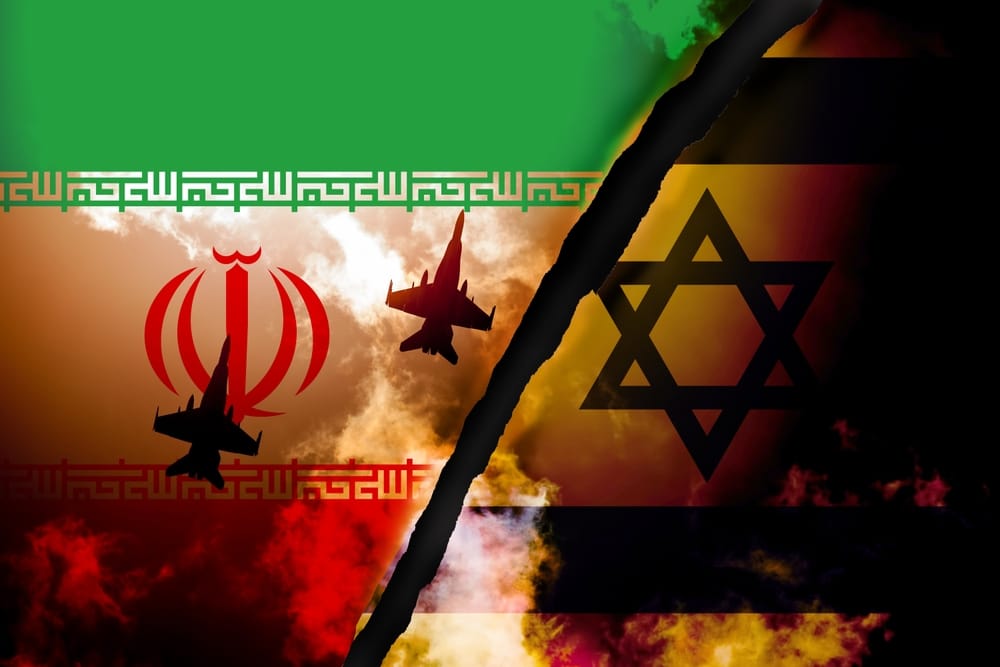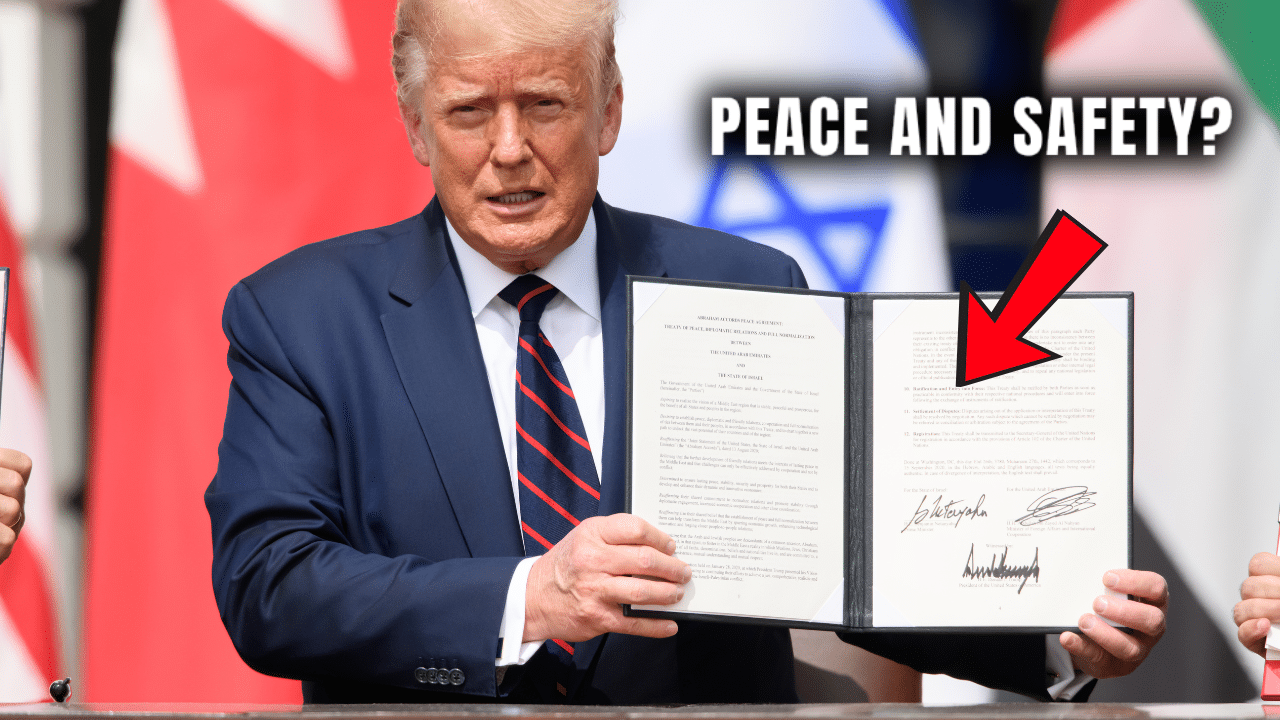The IDF on Saturday commented regarding the retaliation against Iran for launching ballistic missiles toward Israel, clarifying that combat is currently ongoing on seven different fronts. Alongside the continued fighting in Gaza and the West Bank, Israeli soldiers and forces are engaged in operations in Lebanon, Iran, and its proxies in Yemen, Syria, and Iraq.
The struggle with Iran is viewed as a direct conflict, and it is expected that the Iranians will be preoccupied with their own affairs rather than just with their proxies in Lebanon, Syria, Gaza, Yemen, and Iraq.
The IDF plans to respond significantly but has not detailed the nature of that response. The IDF noted that the Iranians launched 201 missiles from Iran to Israel, some of which impacted targets.
Consequently, there is a broad recommendation within the IDF to respond to the Iranian attack while minimizing risks and maximizing opportunities.
The IDF has threatened to strike in Syria against weapons that originated from Iran and are intended for Hezbollah’s use. The military emphasized its determination to thwart arms smuggling.
The IDF is conducting targeted raids to dismantle infrastructure established by Hezbollah, including the targeting and removal of Hezbollah operatives to ensure the safe return of northern residents to their homes.
A large amount of weaponry has been located, particularly focusing on Kornet missiles. According to IDF estimates, 400 Hezbollah operatives have been killed since the beginning of the operation. Commanders of various brigades, including those in key regions such as Har Dov, Marwahin, and Markaba, have been among the casualties.
In Beirut, significant damage has been inflicted on command centers, warehouses, and areas within the Shiite-dominated southern suburb of Dahieh, which has been almost completely evacuated of civilians. This includes damage to command and control systems in Beirut and surrounding areas.
In the IDF’s operations division, decisions are being made about what will land in Lebanon and what will not. Military and civilian crossings for transferring weapons from Syria to Lebanon have been targeted, with ongoing drone surveillance over these crossings 24/7. In the last day, Iranian aircraft have been observed flying without entering Lebanese airspace.
Most of the tunnels along the Philadelphi corridor have been discovered and destroyed. Fighting continues in Rafah and along the Philadelphi corridor.
Regarding Lebanon, the IDF has made it clear that it does not intend to see Hezbollah on the Lebanese border in the aftermath of the conflict.
From the IDF’s perspective, there is potential for broader change in Lebanon, but there remains an ongoing, extensive combat process aimed at achieving war objectives. Current assessments indicate that the conditions now present the potential for a change in the security landscape, not only in southern Lebanon but throughout the country.
There have been significant counterterrorism efforts in the West Bank, including one in Tulkarm that involved the use of IAF fighter jets. A major plot to carry out large-scale attacks has been thwarted, and the area has been reinforced with reserve battalions.
In the Southern Command, preparations are underway to expand operations. There is a buildup for offensive efforts moving forward, which are making significant progress.










